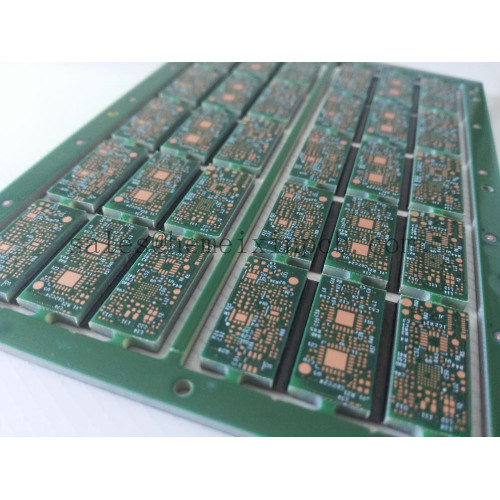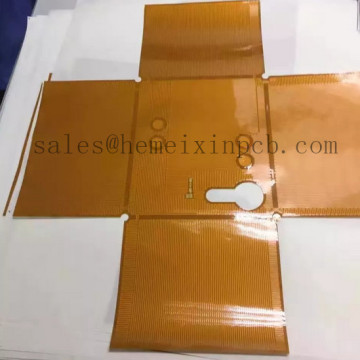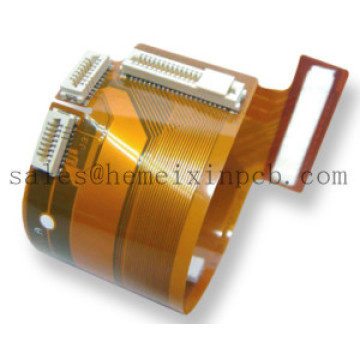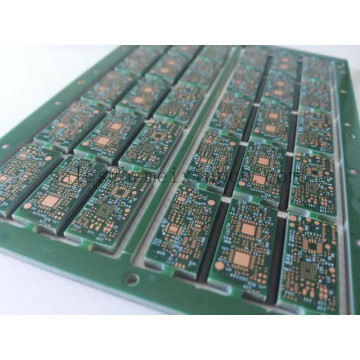Rigid-Flex PCBs combine the best of both rigid boards and flexible circuits integrated together into one circuit. The two-in-one circuit is interconnected through plated thru holes. Rigid flex circuits provide higher component density and better quality control. Designs are rigid where extra support is needed and flexible around corners and areas requiring extra space.
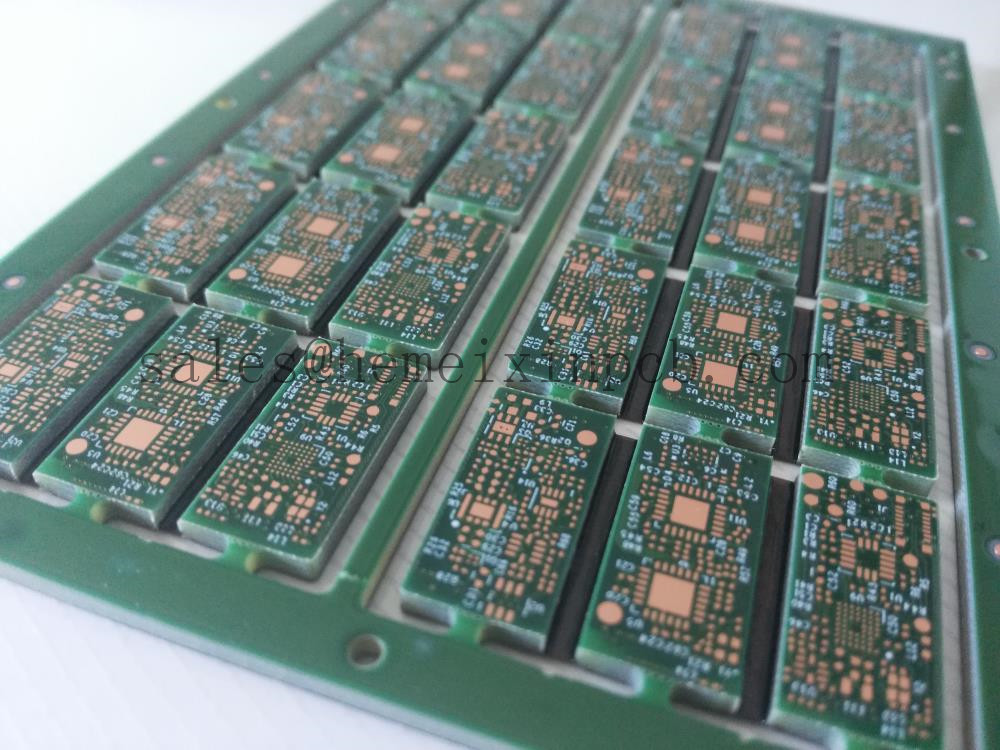
Consumers' escalating demand for more features in their small and mobile electronics products, such as PDAs and cell phones, is driving a need for smaller feature sizes, process geometries, and pc boards. For engineers dealing with these desires, the need for HDI (high-density-interconnect) technology has become a reality. HemeixinPCB describes HDI technology as a process that lets you produce a pc-board with through-hole, blind, or buried vias of less than 0.006 in. in diameter without using conventional drilling technology. Users of HDI technology must be able not only to assess and implement next-generation technology, but also to understand its boundaries in terms of layer stack up, via and microvia formation, feature size, and the primary differences between it and traditional pc-board technologies.
Related Keywords

